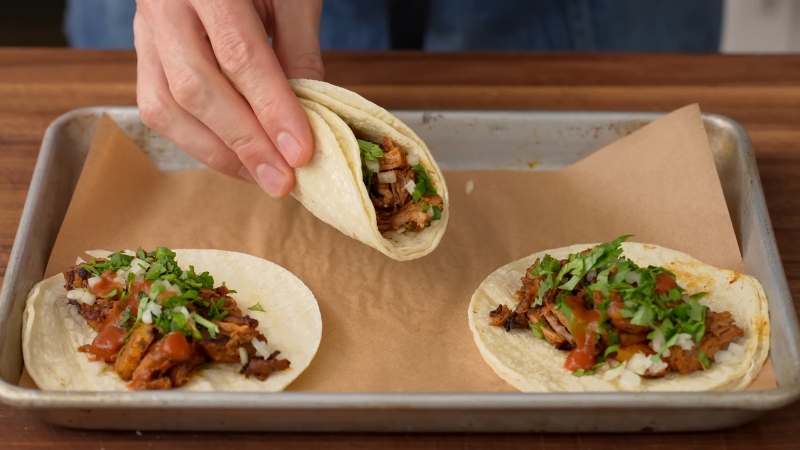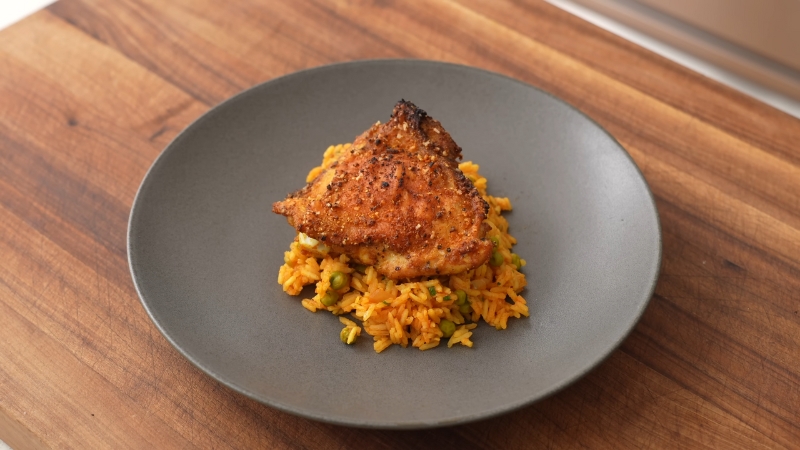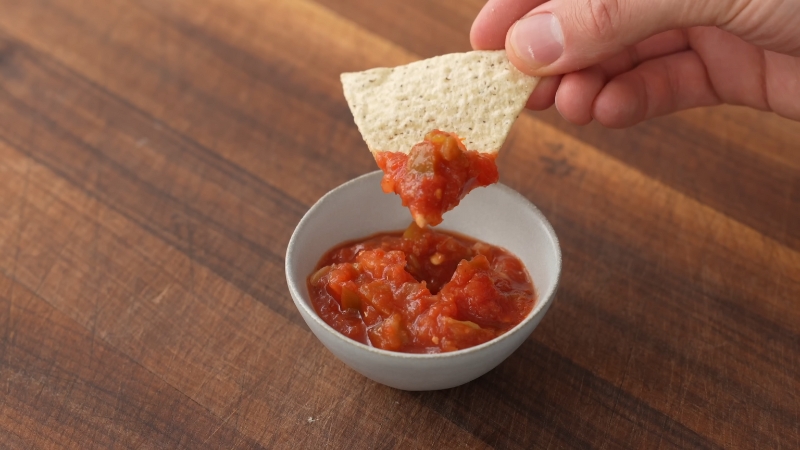Whether you’re craving authentic Mexican tacos, hearty enchiladas, or spicy mole, a quick Google search can yield thousands of mouthwatering results.
But here’s the catch: not every recipe you find online is as authentic or reliable as it appears.
In fact, many so-called “Mexican” dishes floating around the web are far from traditional and sometimes downright misleading.
If you’re serious about cooking real Mexican food, it’s time to take a closer look at why you should be skeptical of online cooking tips.
From poorly researched recipes to AI-generated content that lacks culinary authenticity, the risks of blindly following internet advice are real
Cultural Misrepresentation and Fusion Confusion
View this post on Instagram
One of the biggest issues with online Mexican recipes is that they often mix authentic ingredients and techniques with non-Mexican elements, leading to dishes that don’t resemble traditional cuisine.
Some bloggers or recipe creators, eager to appeal to a broader audience, introduce ingredients or techniques that are either purely Americanized or influenced by other cultures.
For example:
The Rise of AI-Generated Recipes: Can You Really Trust Them?
One of the newest and most concerning contributors to misleading recipes is the rise of AI-generated content.
With tools like language models creating recipes in bulk, it’s become easier than ever to publish cooking instructions that look authentic but fall short on flavor and technique.
Why AI Recipes Are Often Inauthentic
They scrape data from countless sources, merging ideas from both authentic and inauthentic recipes without understanding the context. This leads to dishes that are more “Tex-Mex mashup” than genuinely Mexican.
To make matters worse, these recipes are often structured to sound reliable, with step-by-step instructions that give a false sense of expertise.
However, they might completely miss key techniques, like toasting dried chiles or grinding spices in a molcajete.
If you suspect a recipe might be AI-generated, use tools like ChatGPT zero to check whether the content was created by an AI model.
This can help you spot inauthentic recipes that might look convincing at first glance but fail to deliver on taste and tradition.
Red Flags to Watch Out For

If you’re serious about making authentic Mexican food, there are a few warning signs you should look out for when browsing recipes online:
1. Overloaded with Unnecessary Ingredients
If a recipe calls for excessive amounts of sour cream, cheese, or processed toppings, it’s a clear sign of Americanization.
Authentic Mexican dishes focus on fresh, bold flavors without drowning in dairy or heavy sauces. Ingredients like queso fresco or cotija are used sparingly, adding just the right touch of flavor.
2. Reliance on Pre-Packaged Seasoning Mixes
True Mexican cooking rarely involves taco seasoning packets. Instead, traditional recipes use fresh or dried herbs and spices, like cumin, oregano, and dried chiles.
When a recipe opts for store-bought mixes instead of these authentic ingredients, it’s a sign that the dish has been simplified and compromised.
3. Oversimplified Techniques
@helloblanconino Top Tips for Cooking With Dried Chillies 🌶️ 🔥🥵 #helloblanconino #recipes #tips #driedchilli ♬ Tondo – Disclosure & Eko Roosevelt
Mexican cooking is known for its labor-intensive and intricate methods.
Recipes that suggest just “throwing everything in a pot” or skipping essential steps like toasting chiles and grinding spices are likely shortcuts that sacrifice quality and flavor.
Authentic dishes require careful preparation and attention to detail.
4. Lack of Regional Specificity
Mexican cuisine is incredibly diverse, with each region offering its own unique dishes and techniques.
Authentic recipes often mention the region of origin, whether it’s Oaxacan mole or Yucatán’s cochinita pibil.
Generic or AI-generated recipes usually lack this specificity, presenting a watered-down version without cultural context.
How to Find Authentic Mexican Recipes

1. Choose Trusted Sources
To ensure you’re cooking authentic Mexican dishes, start by seeking out recipes from reputable foodwriters, chefs of Mexican heritage, or culinary experts who are passionate about regional Mexican cuisine.
Some great places to begin are trusted websites like Mexico in My Kitchen or cookbooks authored by celebrated chefs such as Rick Bayless or Diana Kennedy.
These sources not only provide accurate recipes but also offer cultural context and traditional techniques that make the dishes truly authentic.
2. Explore Mexican Language Resources
For even more authenticity, dive into Spanish-language websites or YouTube channels run by Mexican cooks.
These sources are less likely to be influenced by Americanized versions and typically offer genuine, unaltered recipes straight from the heart of Mexican kitchens.
Watching videos from native cooks can also help you pick up on techniques that written recipes might overlook.
3. Cross-Check for Authenticity
When you come across a recipe that seems promising, don’t take it at face value. Compare it to similar recipes from multiple trusted sources.
Look for consistency in ingredients and techniques, as this is a good indicator that the recipe is rooted in tradition rather than modern adaptations.
Authentic dishes often share core elements, while inauthentic versions tend to introduce unnecessary or non-traditional ingredients.
For more tips on what to drink with authentic Mexican food, check out this guide on the best pairings to complement your dishes
Bottom Line

Cooking authentic Mexican food means respecting the rich culinary traditions that make each dish unique. Unfortunately, the internet is flooded with misleading recipes that often compromise authenticity in favor of convenience or viral appeal.
To ensure you’re making genuine dishes, be skeptical of online cooking tips, especially those using pre-packaged seasonings or overly simplified techniques.
Be cautious of AI-generated recipes that sound convincing but lack the depth and context of real Mexican cuisine.
Always prioritize recipes from trusted chefs, authentic Mexican food blogs, and native cooks who understand the traditions behind the dishes. By cross-checking multiple sources and choosing quality ingredients, you’ll be able to recreate Mexican dishes that truly honor their origins.

